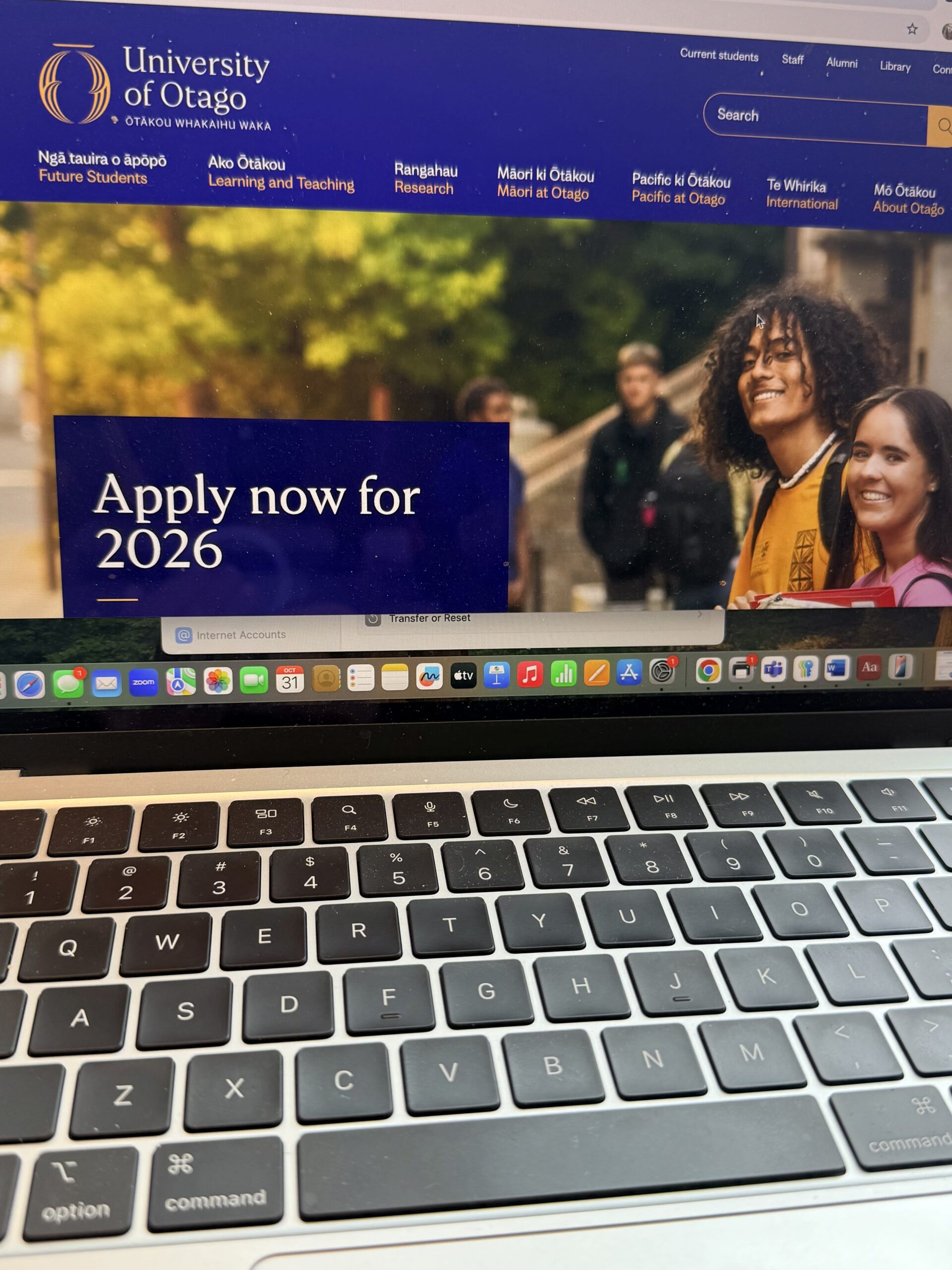
Artificial Intelligence as a Teaching Tool in University Education
AI is becoming an essential part of university education around the world. It can provide many benefits such as personalized learning, fast feedback, and administrative support for teachers. However, AI also brings several challenges, including privacy risks, reduced creativity, and over-reliance on technology. In my opinion, AI is more helpful than harmful when used responsibly, because it supports both students and teachers and helps create more inclusive learning environments.
Many readings highlight the clear benefits of AI in higher education. AI can make learning more personalized by analyzing student data and creating individual learning plans. This can increase student motivation, confidence, and success. Moreover, AI helps teachers with administrative tasks and gives them more time for meaningful teaching. Moreover, virtual learning platforms can also give students extra support outside of class. Furthermore, AI can support learners with disabilities. For example, using tools like speech recognition and captioning enables those who live in remote or rural areas, where access is difficult. Overall, AI has significant potential for improving personalization, efficiency, and student achievement. AI should be viewed not as a replacement for teachers but as a supportive tool for helping human teaching and learning. Universities are using AI to support students and improve their education. Chatbots help by using a custom AI tutor available 24/7 to answer questions about courses. Students appreciate quick answers, and it benefits teachers because chatbots handle common questions. At the University of Sydney, using AI during group projects helps students collaborate more effectively.
Although AI offers many advantages, it also creates serious challenges in education. One of the most serious issues involves how to protect students’ data. Therefore, AI has access to personal information for operating educational systems, which creates potential risks around data privacy. Another concern is financial and technical barriers, usually in poorer regions. Some educators worry that AI could replace part of their role because it is more affordable than traditional teaching methods. There is also a risk of students becoming overly dependent on AI tools. For example, tools like ChatGPT can quickly write essays, which makes cheating easier on exams. One student in New Zealand faced anxiety because her work was flagged as AI-generated, even though it was her own research. As a result, some universities in New Zealand have stopped using AI detection tools because they can falsely accuse honest students. However, these challenges also show that universities are moving back to handwritten exams and tests. This problem shows the need for better education in AI.
AI can also help neurodiverse students by supporting their emotional well-being and independence in learning. For example, conditions such as autism, ADHD, dyslexia, or other cognitive and learning differences mean that most of these students face unique challenges in traditional university environments. Nowadays, many universities have begun using AI tools to make education easier for neurodiverse learners. This technology can be particularly useful for students with dyslexia, who may find it difficult to read long and complicated texts. AI tools also use text-to-speech and speech-to-text technology to help students who struggle with reading or writing. Moreover, AI can play a role in emotional support; however, these tools do not replace human assistance but can provide timely help when students study at home or alone. In Aotearoa New Zealand, programmers such as the Dyslexia-Friendly Quality Mark encourage universities and polytechnics to create welcoming environments through teacher training, awareness-raising, and flexible teaching practices (Ako Aotearoa, 2025).
In conclusion, AI can be both helpful and harmful in university education depending on how it is used. When applied responsibly, AI supports teachers, enhances learning, and promotes inclusion. However, if used without ethical control, it may lead to over-reliance and loss of creativity. Therefore, universities should integrate AI tools carefully, ensuring they complement human teaching and preserve the essential human values of education.
Written by Alina Polkova







